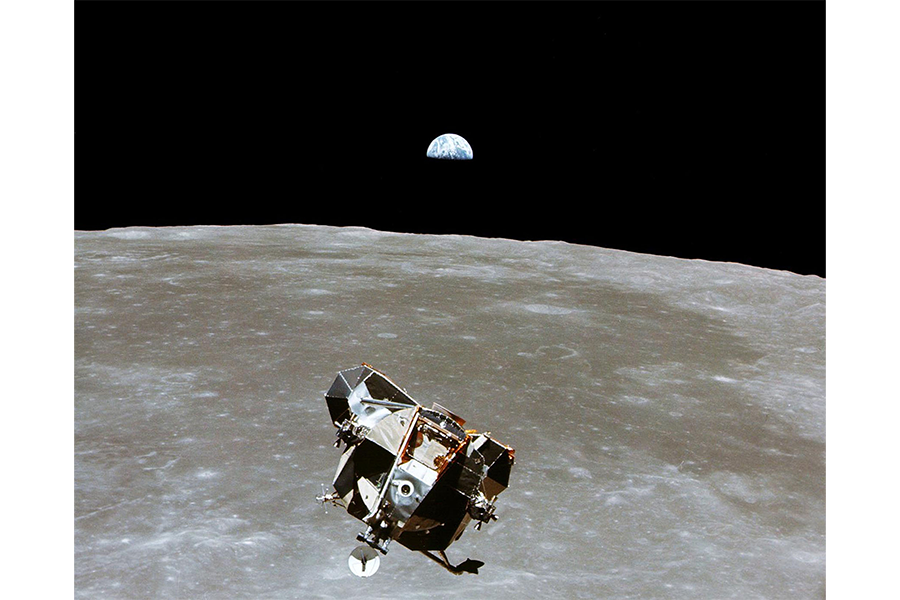How government officials mistakenly sold artifacts from Apollo 11
Loading...
Nearly 50 years after the first lunar landing, an artifact from the Apollo 11 mission has become the center of a new legal dispute.
Federal prosecutors are seeking to recover a white sample bag that had been used on the Apollo 11 lunar landing. The bag was collected in a criminal investigation against Max Ary, founder and former director of the Kansas Cosmosphere and Space Center, and mistakenly sold at a government auction in 2015.
Government officials called the bag “a rare artifact, if not a national treasure,” the Associated Press reports.
On July 20, 1969, Neil Armstrong and Buzz Aldrin became the first people to walk on the moon. They used the bag in question to collect the first samples of lunar rock.
In 2005, Mr. Ary was convicted of stealing and selling hundreds of space artifacts, many on loan from NASA to the Cosmosphere. Investigators discovered the lunar bag during a search of Ary’s garage in 2003.
More than a decade later, the bag was sold at a government auction to Nancy Carlson, an Illinois resident. Carlson purchased the bag for $995 and later shipped it to NASA’s Johnson Space Center for authentication. NASA, who had apparently not been notified of the bag’s sale, withheld the artifact. In June, Carlson sued the agency in an Illinois federal court, seeking the bag’s return.
Federal prosecutors have asked the federal judge who handled Ary’s case to rescind the sale and refund Carlson.
Officials say the confusion stems from an internal clerical error, in which two separate lunar bags were given the same inventory identification number. The other was a sample bag from the most recent lunar mission, Apollo 17, launched in 1972. In 2001, Ary auctioned the second bag for over $20,000. It was later recovered by investigators.
In 2006, Ary was sentenced to three years in prison and ordered to pay over $130,000 in restitution. In 2008, he made an unsuccessful bid to appeal his conviction. Ary was released on good behavior in 2010, having served about 70 percent of his sentence. He has consistently maintained innocence, claiming that he accidentally mixed museum artifacts with items from his private collection.
This report contains material from the Associated Press.






